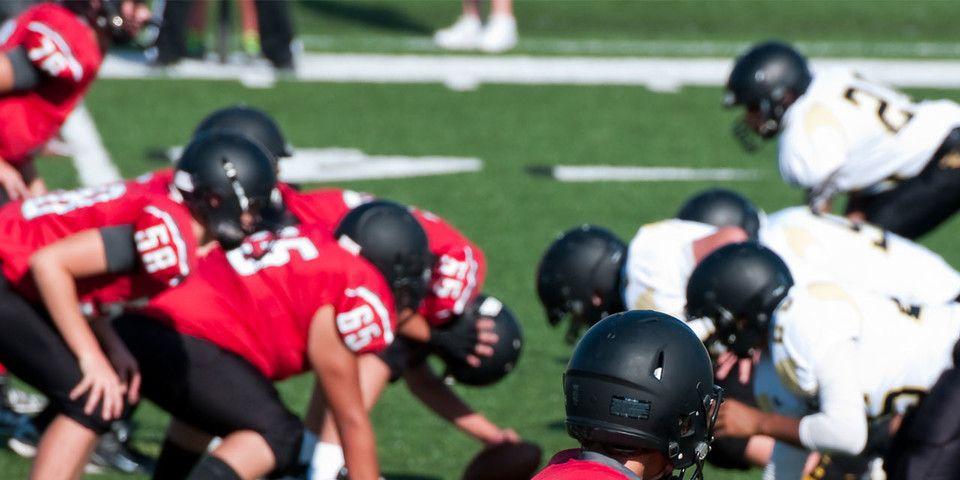Knee injuries can happen at any time. Most report immediate pain and swelling in the knee region.
A recognizable “popping” noise may indicate a meniscus tear. In the following hours and days, stiffness and a locking sensation may occur in the knee. The range of motion will be compromised and routine movements may feel unstable as if the knee is “giving way.” Due to the location and function of the meniscus, a doctor’s evaluation should be sought right away. By waiting, you may risk more damage to the knee if a broken and loose piece of the meniscus drifts into other parts of the joint. For patients with a meniscal tear in King of Prussia, Rothman Orthopaedic Institute offers unparalleled resources and medical expertise.
14 Defined Terms
The information patients with a meniscus tear in King of Prussia are looking for:
Meniscus: Two tough, rubbery, and moon-shaped cartilage pieces positioned between the femur, tibia, and patella to act as a wedge to cushion and stabilize knee joint movement
Femur: The thighbone
Tibia: The shinbone
Patella: The kneecap
Discoid meniscus: A thicker than typical meniscus that may be more vulnerable to injury, and has a different overall shape—often oval or disc-shaped, that can be classified as complete, incomplete or hypermobile Wrisberg.
Medial meniscus: The meniscus located on the inside of the knee joint.
Lateral meniscus: This meniscus is located on the outside and opposite side of the medial meniscus.
Meniscofemoral ligament: A strong tissue that attaches the menisci to the tibia, known to supply blood to a small part of the meniscus.
Meniscus tear: The types of tears that refer to location and severity include radial, horizontal, vertical, longitudinal, and oblique.
Bucket handle tear: A tear that impacts the entire inner rim of the medial meniscus.
Flap tear: This type of tear is typically small, may exist in a location without blood supply and can be surgically trimmed.
Degenerative tear: This type of tear is most common in older individuals that have worn, thinned, and weak cartilage due to aging.
“Red” zone: The area that covers one-third of the meniscus with ample blood supply that has an increased natural healing ability.
“White” zone: The remaining two-thirds of the meniscus that do not have access to the nutrients in the blood supply, making intervention to facilitate healing much more necessary.
Advice for Patients with a Meniscal Tear in King of Prussia
Visit an orthopaedic specialist at Rothman Orthopaedic Institute to find out the type, size, location, and severity of the meniscal tear. Together with the doctor you will determine a treatment plan based on your symptoms, medical history, your x-ray and MRI results, age, activity level, and personal preferences. Make a commitment to strictly follow the treatments under the close supervision of your doctor. Rothman Orthopaedic Institute is the best choice because we treat hundreds of patients suffering from a meniscal tear in King of Prussia every year.
For more information, please visit us here or contact us at 1-800-321-9999.
Related Specialties
Related Physicians
Related Conditions
Related Treatments
Related Services
Related Programs
-

Injury Prevention Program
The Injury Prevention Program at the Rothman Orthopaedic Institute is dedicated to the prevention of injuries from athletic participation, particularly youth sports.Read More





